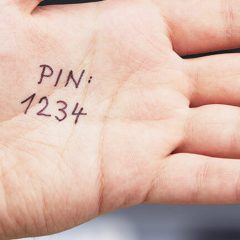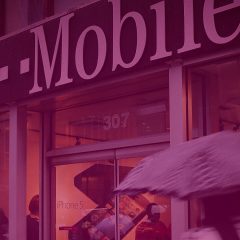Will Passwords Survive?
In a rapidly changing world, even the things that seem unshakable and undeniable can change. One of such things is passwords. We got used to them so much that it is even strange to question their necessity. But, let’s try. Do we really need common reusable passwords? The network is overloaded with discussions about passwords’ downsides and low level of protection. Even the beginner at hacking can hack the majority of passwords....
9 Data Protection Tips for Safe Online Shopping
Annual sales season is in full swing! Black Friday, Cyber Monday and Christmas Sales cause an unprecedented stock-jobbing. Everyone wants to make his or her best bargain in 2015. Besides, today there is no need in exhausting shopping in malls and emporiums. We can order everything from home with the help of the computer or smartphone. But, in anticipation of the holidays and bargains we should not forget about the importance of data...
Cybersecurity Lesson from T-Mobile and Experian
Recently, the whole world and especially the U.S. citizens have been stirred up by the news about the leakage of credit history data of 15 million subscribers of the international mobile operator T-Mobile. What is notable in this story is that the information was not stolen directly from T-Mobile’s database but from the servers of its partner – Experian. Considering this example in details gives a valuable cybersecurity...
Out-of-Band Authentication
Out-of-band authentication (OOB) is one of the most popular types of two-factor authentication in the financial sector. It presupposes sending the one-time password to the user via a communication channel other than the main one, which is used for transactions on the Internet. Most often, during the OOB authentication, the OTP (One Time Password) is sent to the clients in the form of a text message via SMS or email and the company...
Microsoft Patents Hard-to-Mimic Gesture-Based Authentication
It’s hard to imagine the modern rhythm of everyday life without gadgets, to which we are so accustomed. The first computer could perform only a limited number of functions. Its length was about 17 meters, the height of more than 2.5 meters, it weighed 4.5 tons and covered an area of several dozen square meters. Half a century later multifunctional gadgets became a thousand times smaller in size and instantly perform tasks that...





